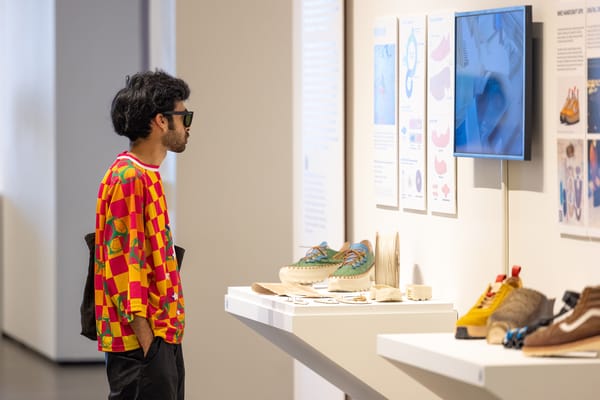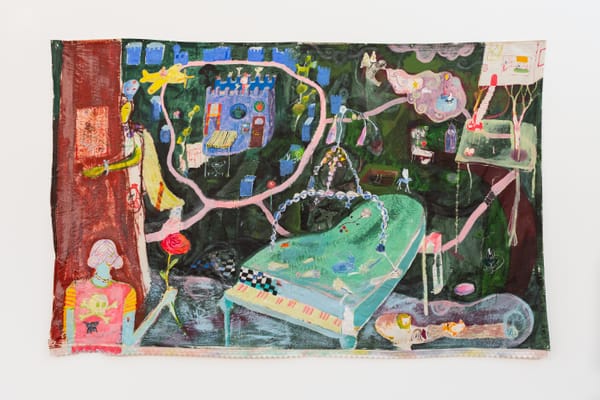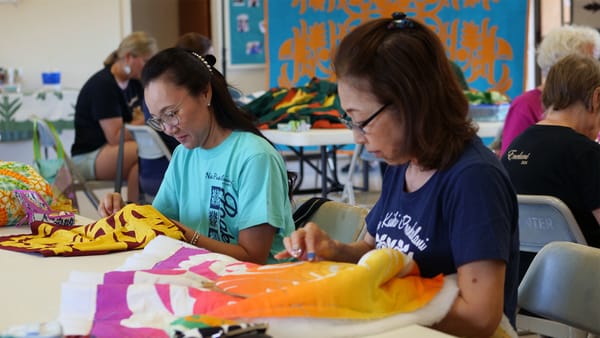In Cairo, Artists Use Pixels, Cyborgs, and More to Examine Technology and Belief
A trio of exhibitions laud technology as a springboard and a tool, while also probing the way it can harbor a quiet threat.

CAIRO — Near the entrance of Glitch, a group exhibition featuring the work of 13 international artists at the American University of Cairo’s Tahrir Cultural Center, is Egyptian artist Haytham Nawar’s “Bread Diaries” installation. The space is filled with black vector drawings of different bread types — in Egyptian Arabic, aish means both bread and life — which “[become] a physical setting where one’s intangible emotional values of culture, history, and tradition are no longer abstract ideas,” Nawar explains.
This spanning of a perceived chasm between technology and belief underlines the curation of the show, as well as two others — both solo presentations — in congruent spaces at AUC: Corner of a Dream (Bahia Shehab), and Beit Um Amel (VJ Um Amel, born Laila Shereen Sakr). All three were curated by Shiva Balaghi.
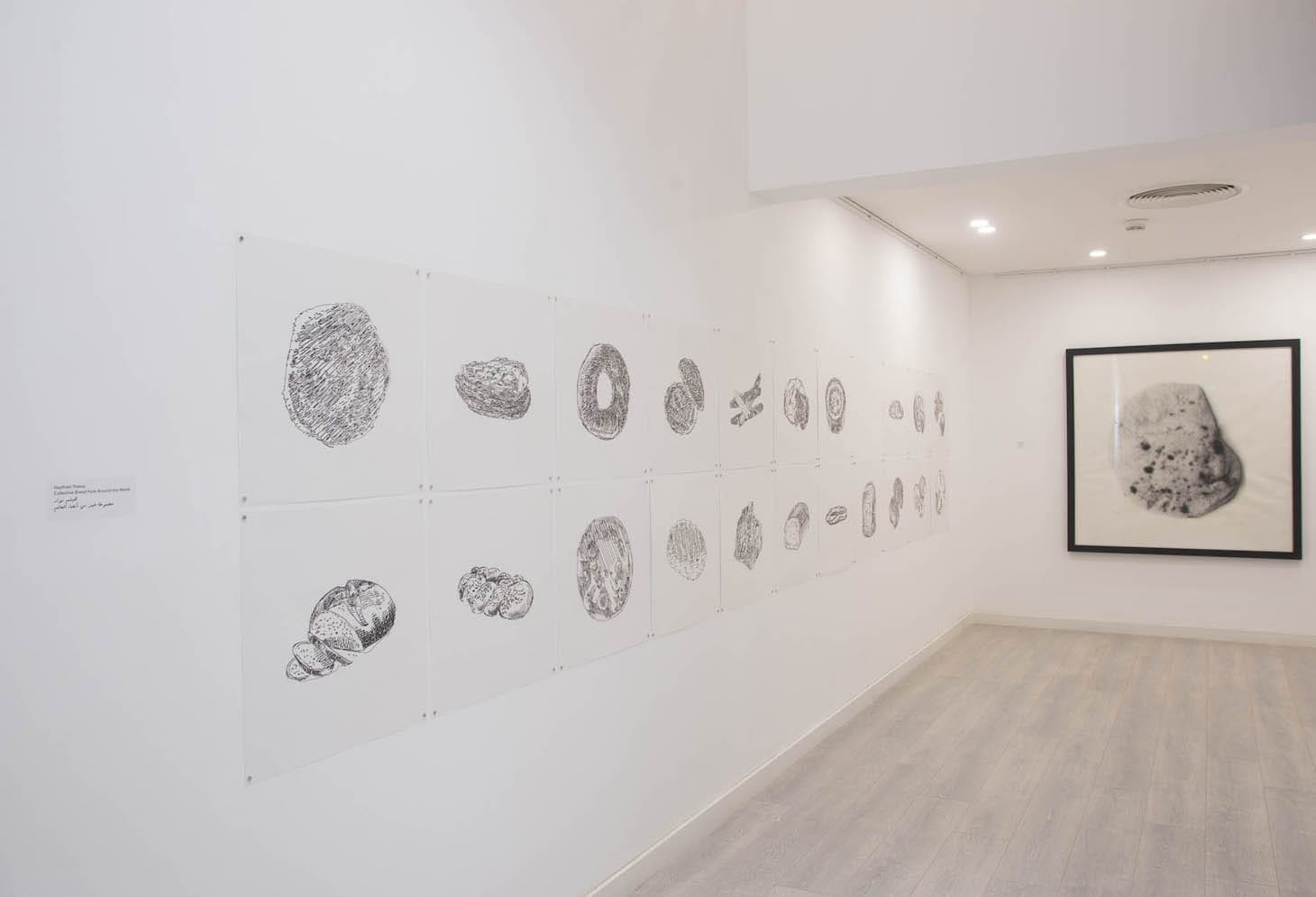
Shehab’s exhibition — her first solo show in Cairo — is an immersive experience of four fabric screens, onto which four videos are projected simultaneously. A soundtrack of Shehab quietly reciting the poetry of Mahmoud Darwish plays as the films revisit some of her mural works (in Beirut, Cephalonia, Marrakesh, and New York) which she calls “meeting points.” The emotional impact of the somber installation “offers a view of the lingering aftermath of social upheavals, of displacement and dislocation, of the dense borderlands between despair and hope,” explains Balaghi to Hyperallergic.
Meanwhile, VJ Um Amel asserts that the dichotomy between technology and belief is false, obliterated by the assimilation of the former into quotidian life. Her solo show (also her first in Cairo) is mediated by her cyborgian alter-ego, who has created in the gallery space her home: Beit Um Amel (“House of Um Amel”). Pixellated self-portraits, digital archives of social media activity in the aftermath of the Arab Spring, and “R-Shief Portal” (2020) — a virtual archive which visitors can both experience and manipulate on wall-mounted iPads — welcome visitors into the domestic space, enacting a discombobulating shift of experience of the virtual landscape.
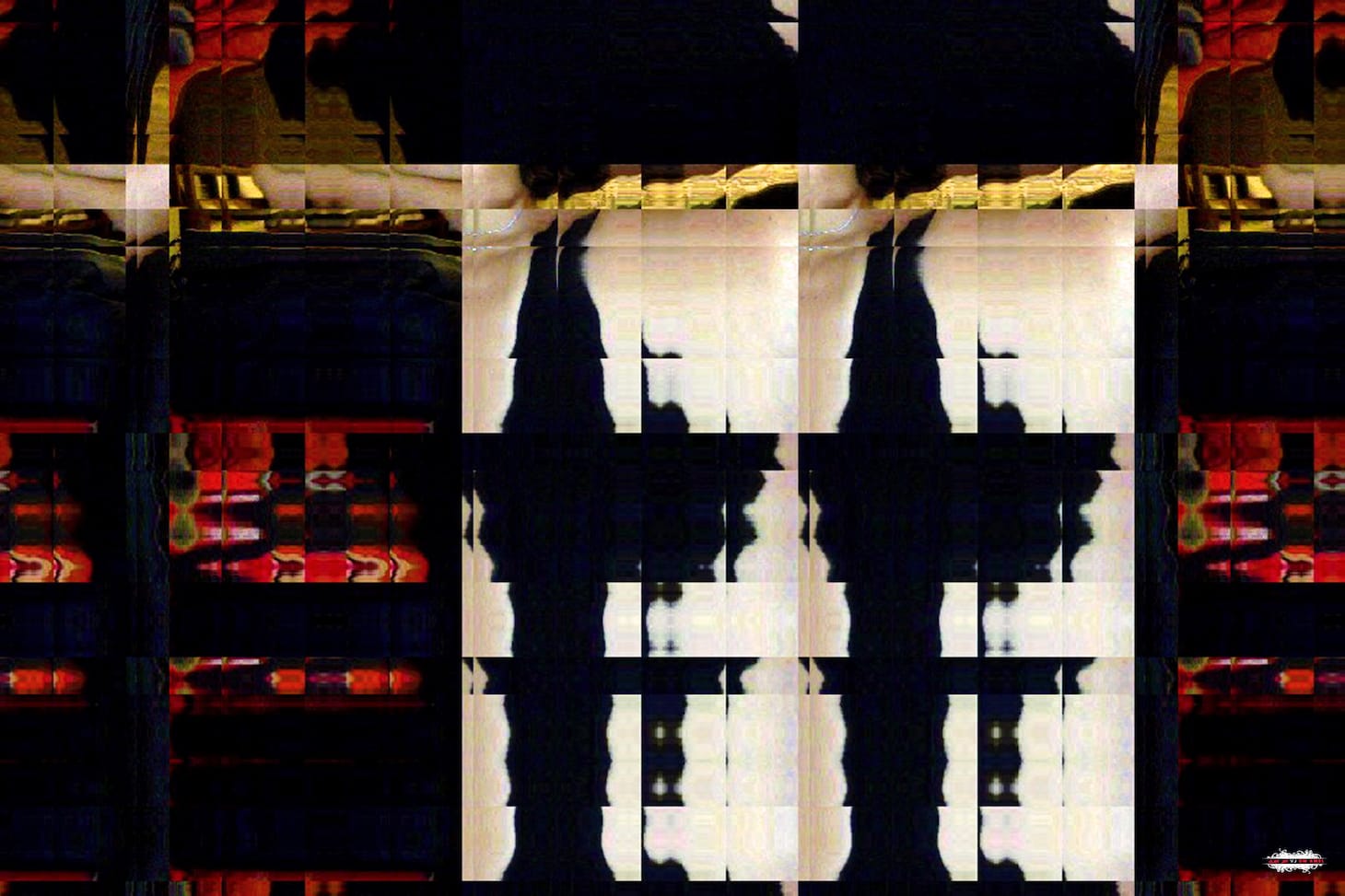
There is something disruptive about all three of these exhibitions: technology is both lauded as a springboard for opportunity as well as a tool for social change, while also acting as an obstacle whose unknown potential harbors a quiet threat. With and through technology, the thirteen artists assembled question perception, obscuring and revealing through interventions with physical mediums — Basim Magdy’s “pickled” film, for example, and Jonathon Hexner’s whiteout as drawing ink and Petra Cortright’s pixelated images— while introducing layers of meaning into the “nowhere spaces” of the galleries, a stand-in for the physical, social spaces alluded to in the exhibitions, and available directly outside the campus. The fraught locus of Tahrir Square, never explicitly mentioned, hangs in the air. As Sakr notes, “Welcome to Beit Um Amel. It is a place that gives birth to hope.”
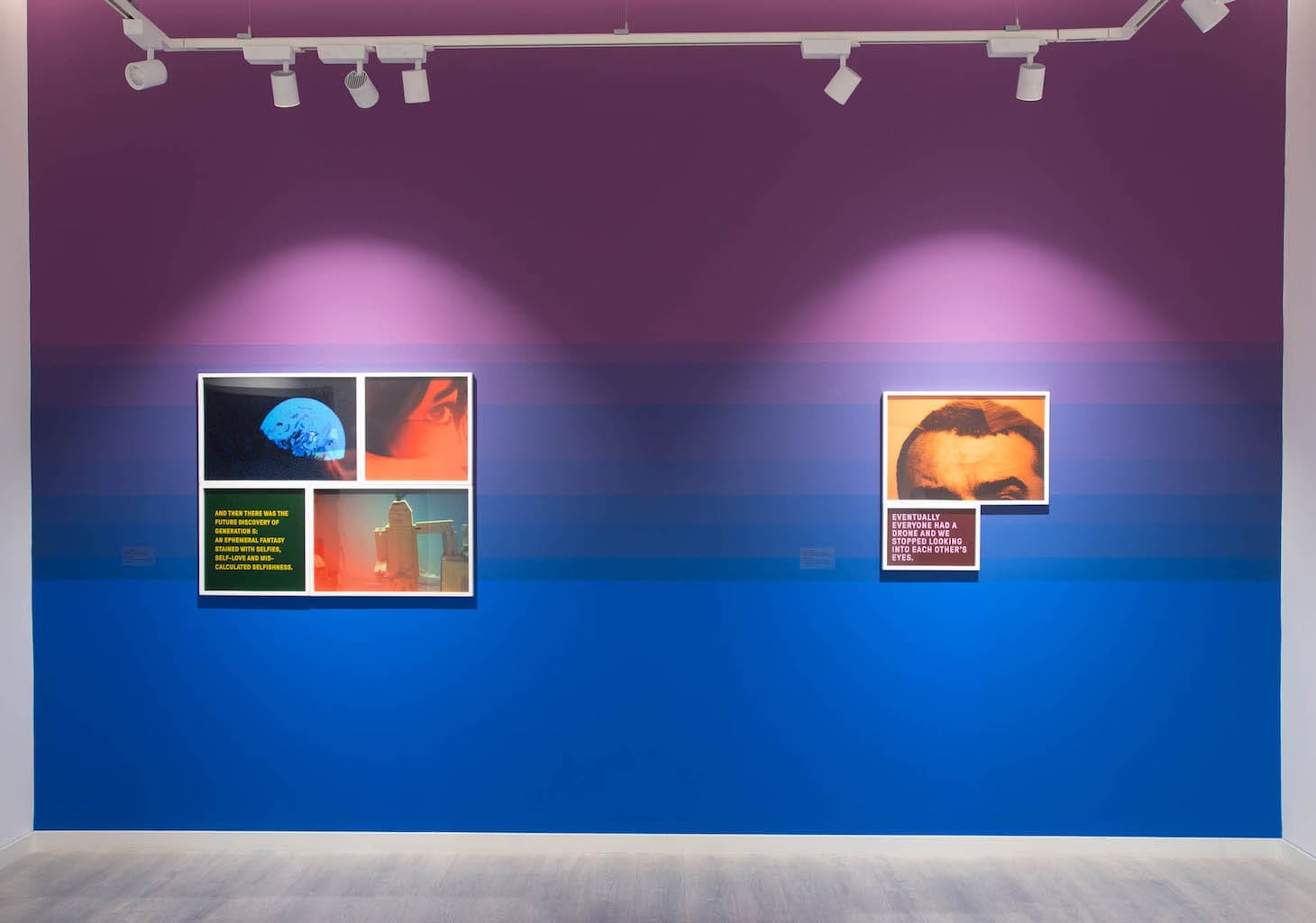
Glitch, Beit Um Amel, and Corner of a Dream continue through March 11 at The American University in Cairo (Tahrir Cultural Center: Margo Veillon Gallery, Future Gallery, and Marriott Gallery, respectively, Cairo, Egypt). The exhibitions were curated by Shiva Balaghi.


